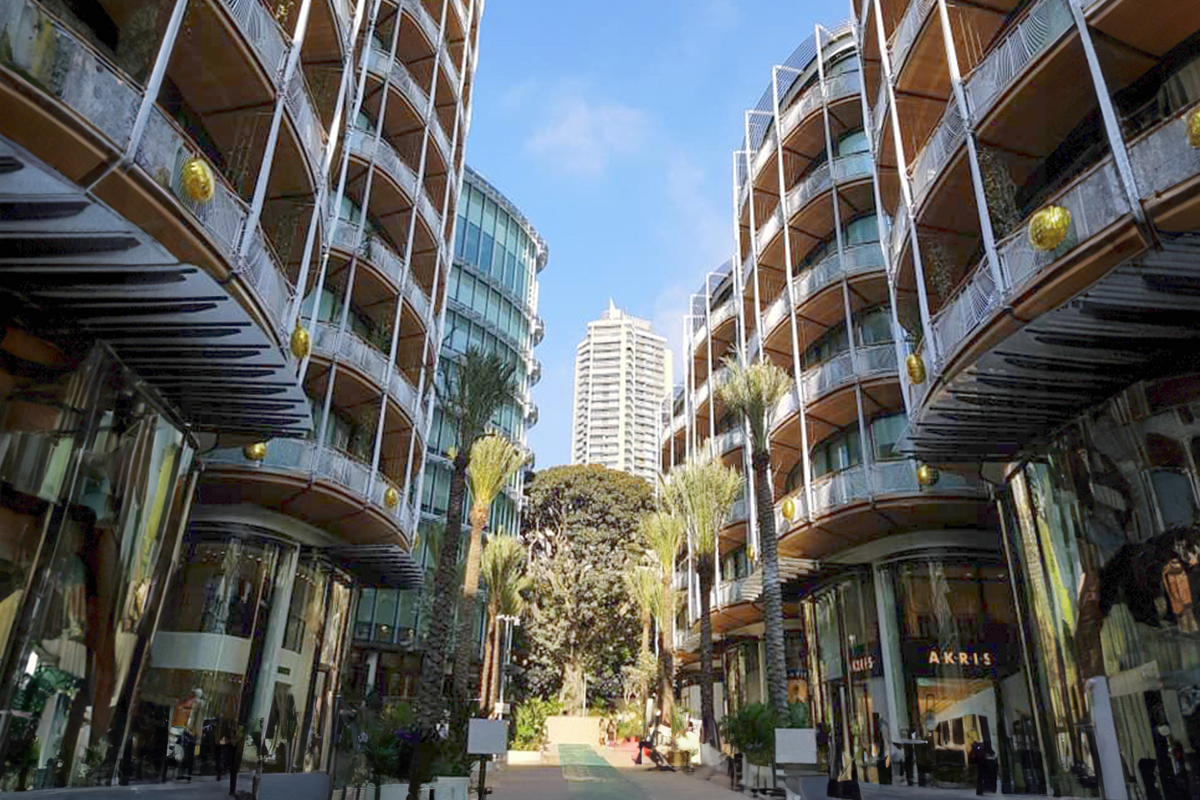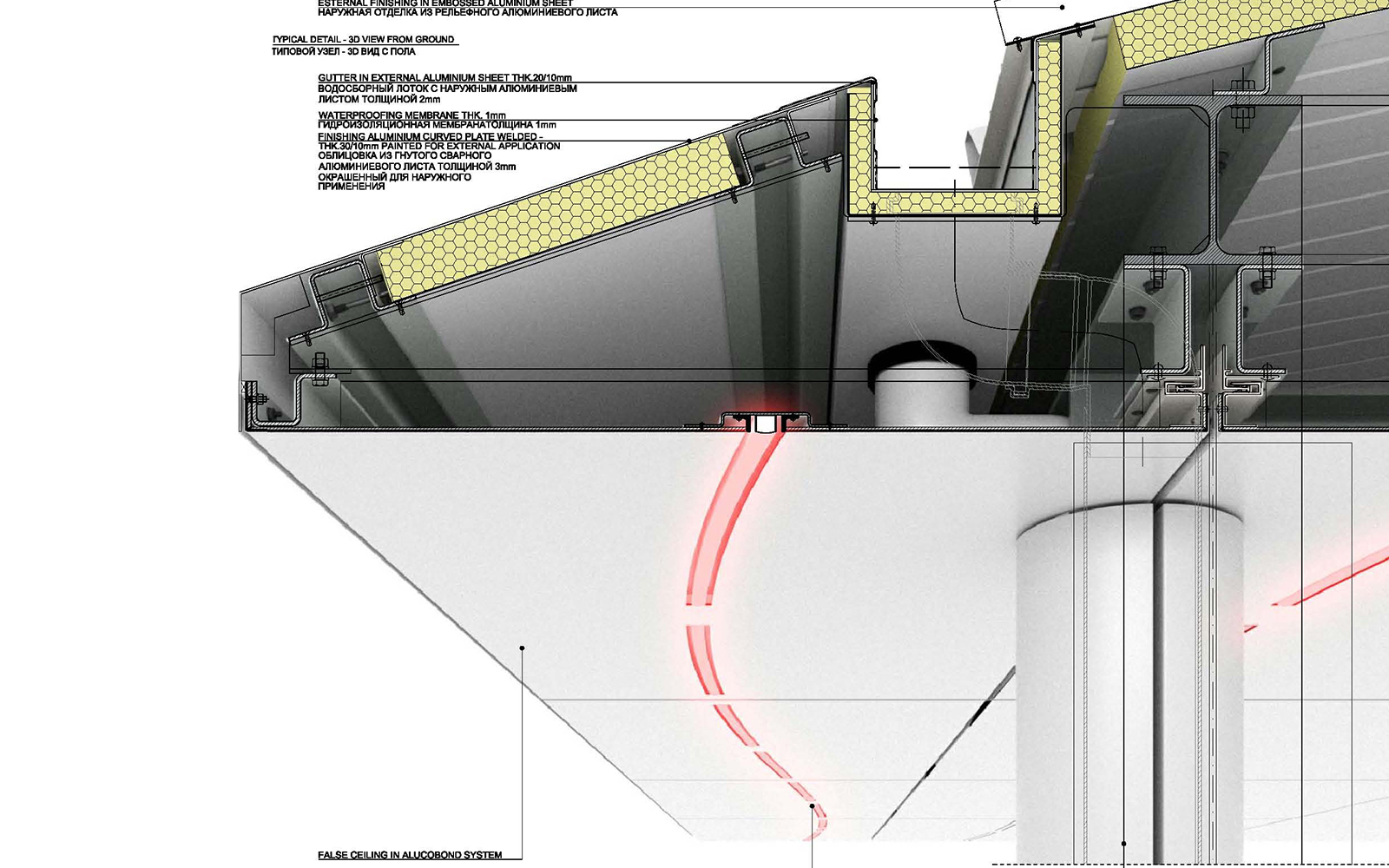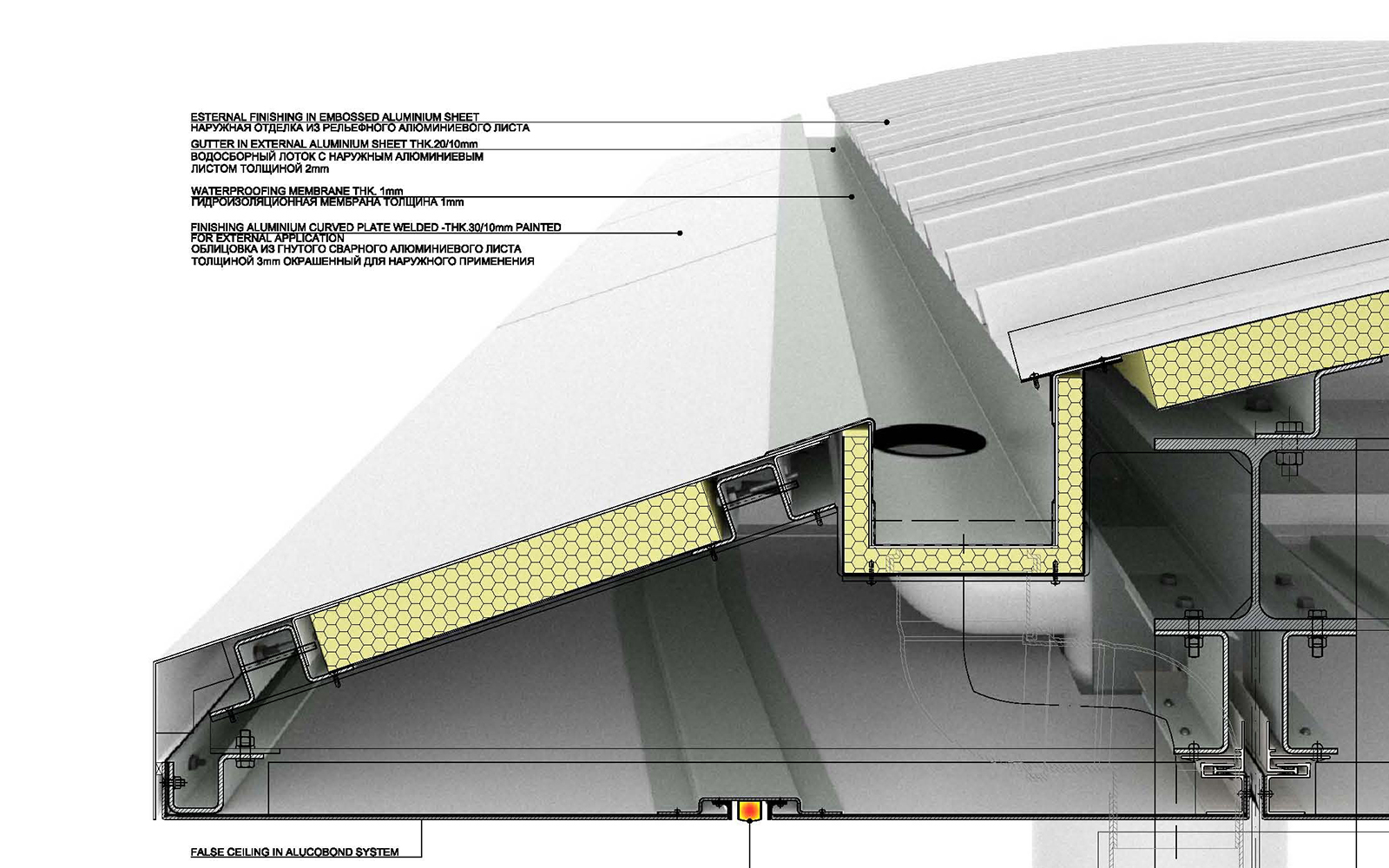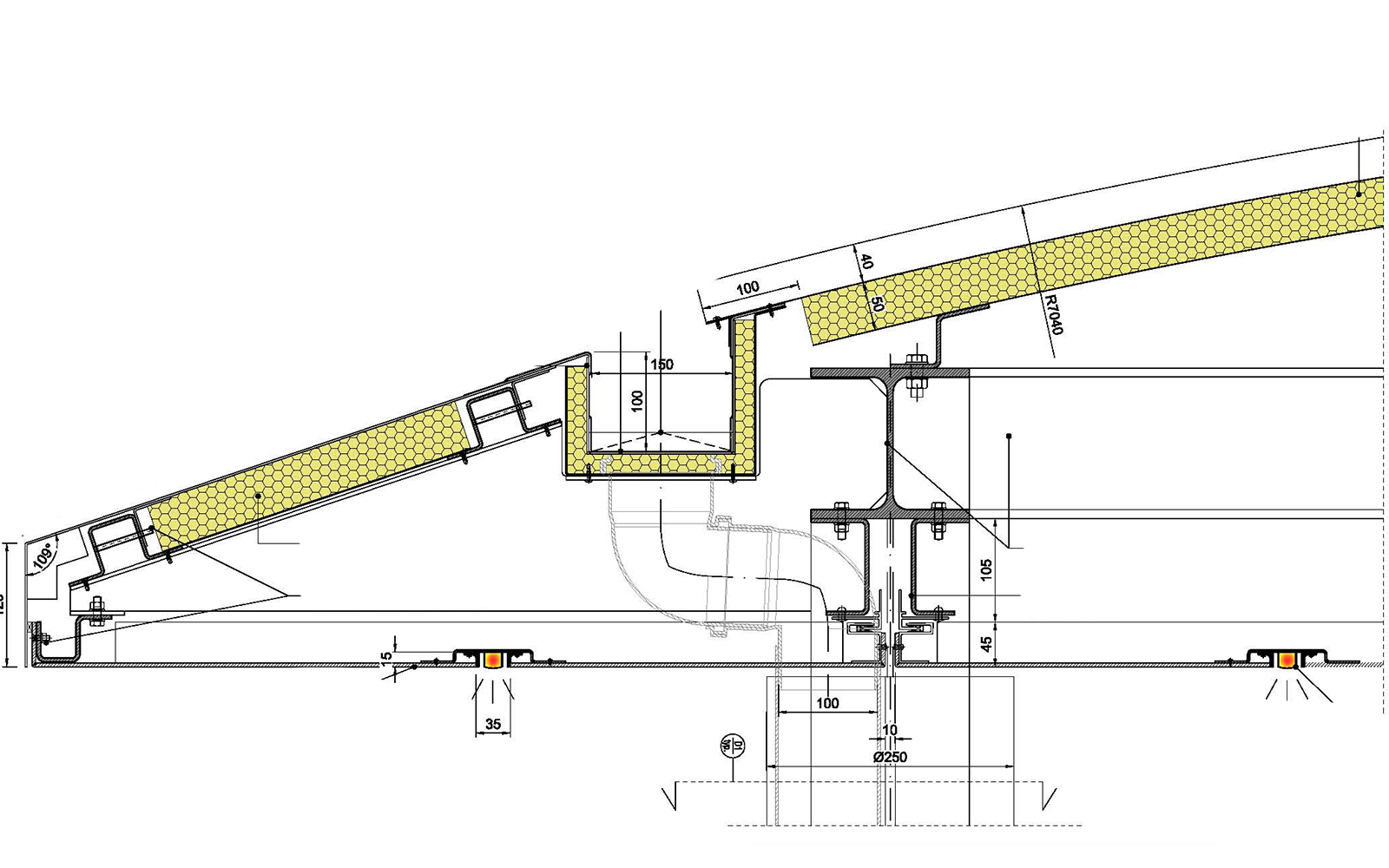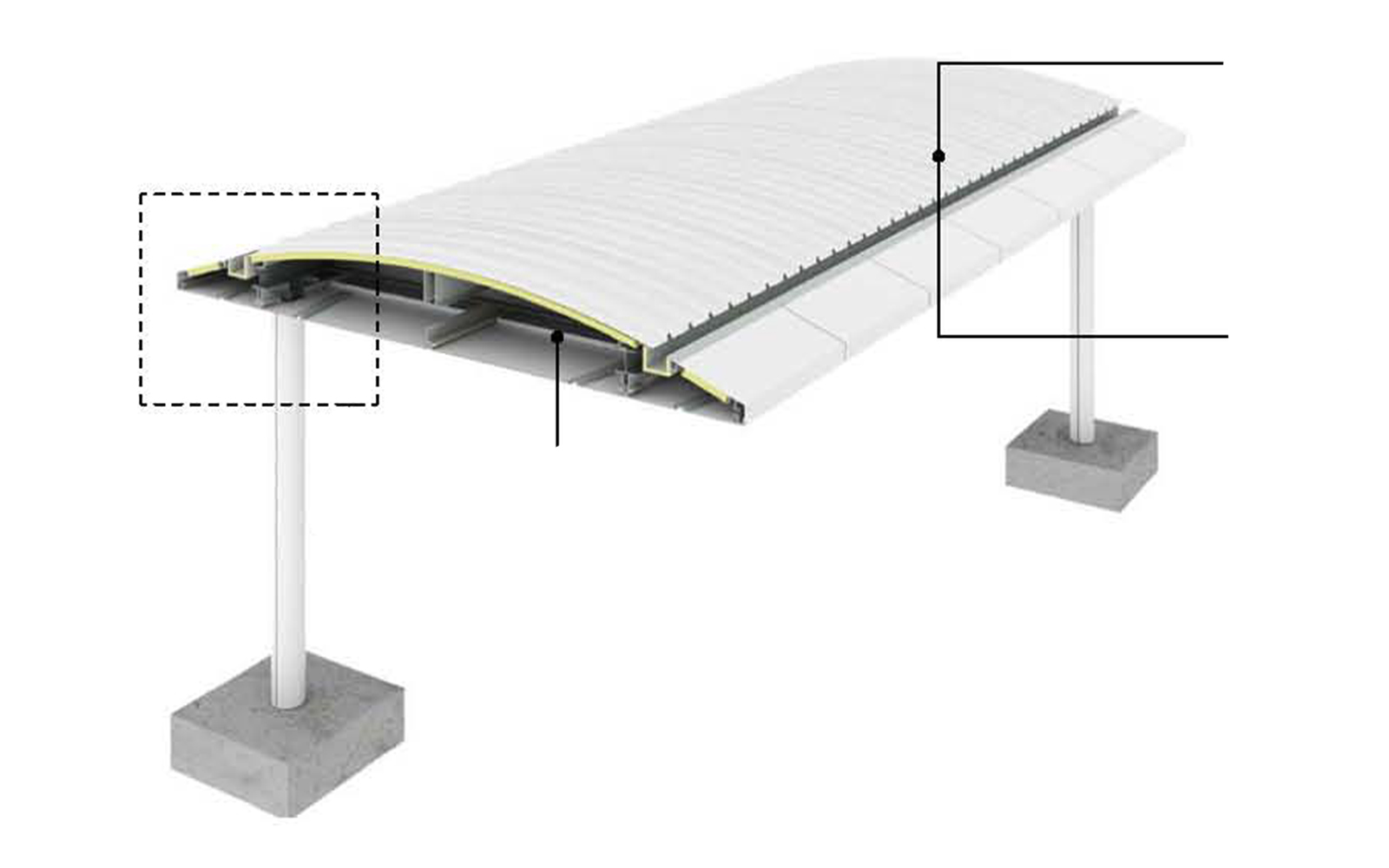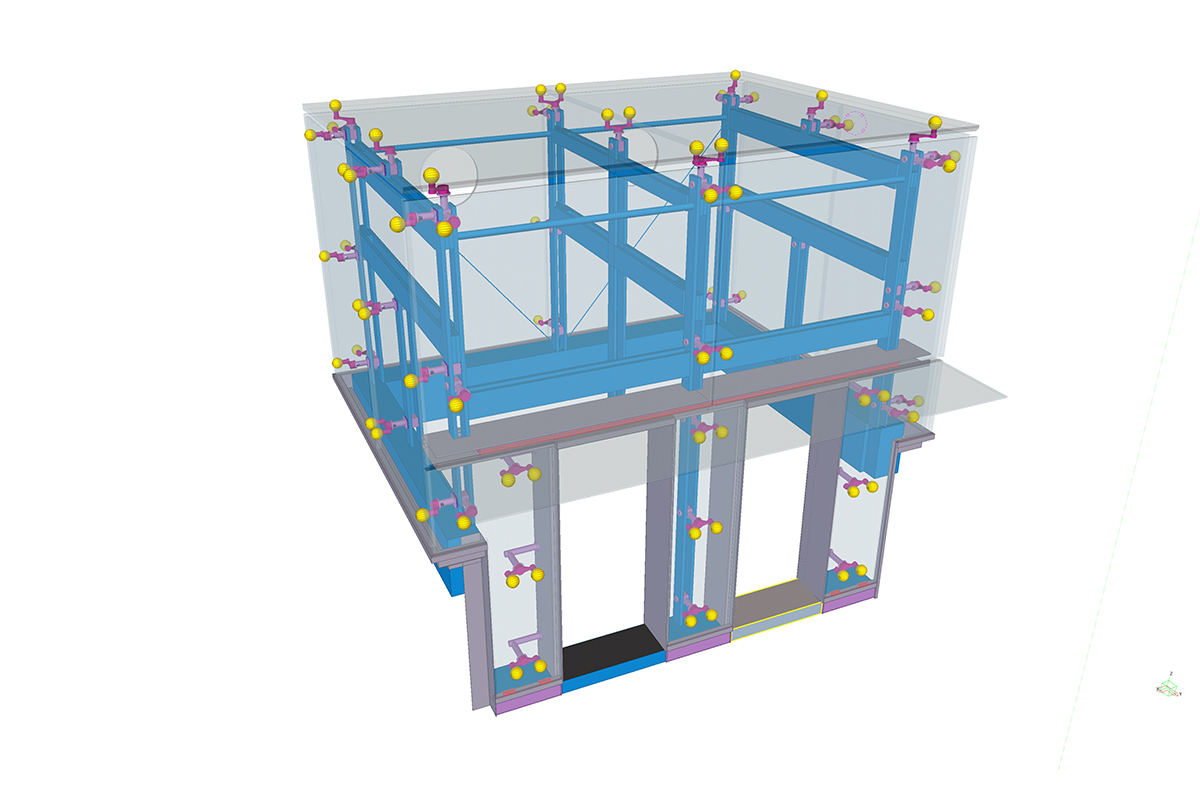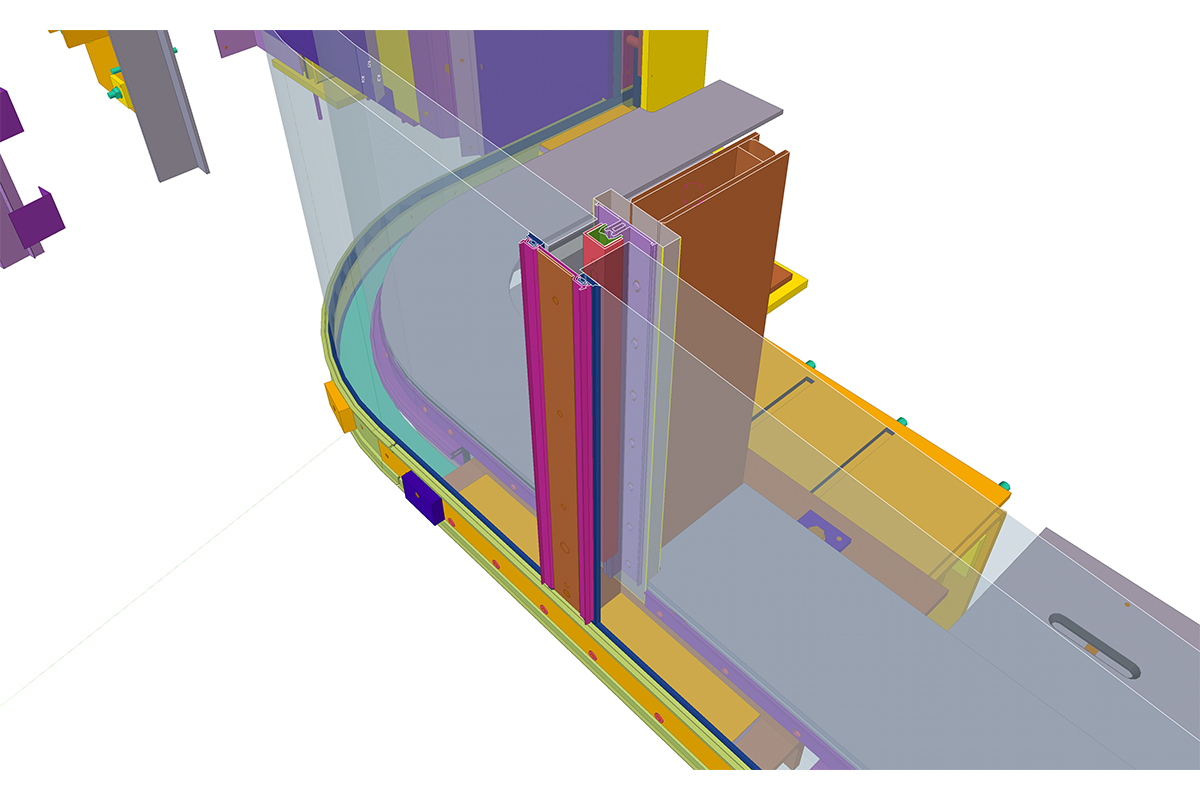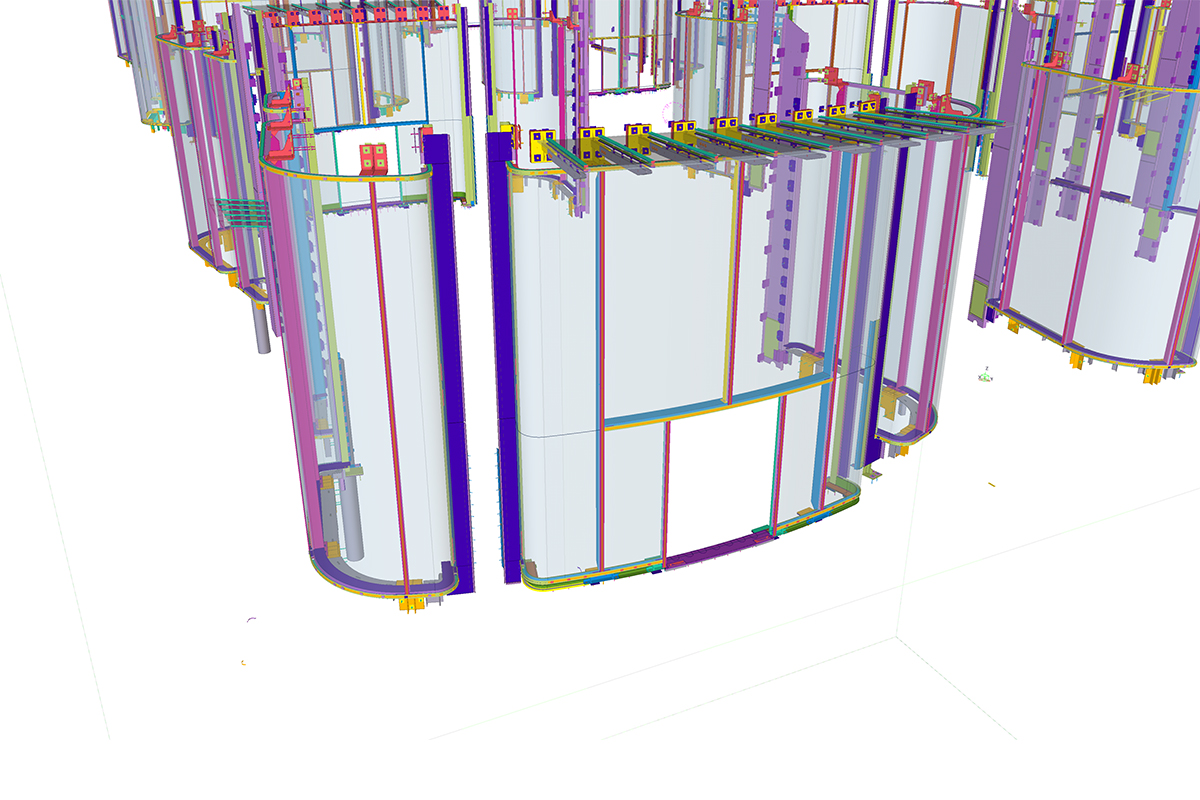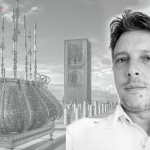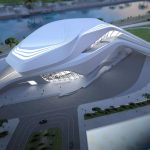The role of facades in construction, in modern buildings, in new architectural projects
The in-depth study by Damiano Curcuruto, Facade Engineer in Incide Engineering, accompanies you in the knowledge of the facades: from the different varieties to the appropriate design, passing through the technological progress that makes them more and more efficient and adhering to contemporary objectives.
The role of the facades and the importance of the system adopted
The facade of a building is its envelope: it determines not only the well-being of the building, but also its harmony with the context.
Furthermore, a facade is no longer just a passive element that ensures waterproofing, insulation and ventilation, but can also become an active surface, capable of producing energy.
In the phase of defining the constructive choices, moreover, there are also aspects of fire safety, solar shading, reduction and sound absorption. For these and other reasons, defining the most suitable solution for the composition of the facade becomes a very important choice: fundamental.
For the construction of a facade in today’s times the focus is therefore on both aesthetic enhancement and the containment of energy consumption.
Today, thanks to technological progress, there are many building systems for facades that take into account both components.
Facade systems
The vertical closures of a building can be made in different types:
With traditional systems, or solutions in which the perimeter wall is protected by a layer of insulation (external insulation system) or in which the cavity is made within the wall system.
You can use the “curtain wall“, that is a curtain wall in which a continuous transparent surface (often made of glass) is connected to the supporting structure. This solution has a high functional complexity because it must perform the tasks that are traditionally performed by the perimeter wall and by the external frames.
Another solution is the ventilated wall, a multilayer system that allows the “dry” installation of the cladding elements, using mechanical anchors and leaving an air chamber between the insulating layer and the external cladding.
The peculiarity of the ventilated facades lies in the gap left between the wall and the cladding, in which convective motions will be generated, favoring the breathability of the building. In addition, the ventilation layer combined with the insulating material allows to reduce heat loss in winter and avoid its accumulation in summer.
These types of systems have a wide range of case studies that define the different technologies, with applications often evaluated in terms of performance, cost, installation and considered together with the type of material chosen in relation to its specific use.
The design of a facade
Design plays a fundamental role in determining the best system, to define the ideal architecture that can enhance the building in the context in which it is located or to provide greater efficiency in terms of performance and energy consumption to the building.
For these reasons, especially in the last decade, design in the field of facades has developed a lot in terms of the skills required in projects, becoming a real discipline.
It must be considered that the facade is an interconnecting element that collaborates with the structural elements, with the systems, with the interiors and must take into account the architectural and safety requirements. Therefore, especially in projects that have a certain complexity, it is necessary to rely on the right partner in order to be able to receive the right support, possibly a partner who has the appropriate degree of experience in this field and who knows in depth the critical issues that can be derived. also from other disciplines.
Incide Engineering in this sector
Incide engineering in this field has acquired an experience that fully covers all the skills required to design a facade wisely and meeting the required needs, defining the requirements and evaluating the critical issues in the choices made, using the most advanced technology.
Relying on a consultant who can provide an integrated engineering design service becomes an advantage and a real strength, if combined with the development of other disciplines interconnected with the facade element.
The skills developed by Incide in this specific area range from concept design to engineering, from construction supervision to the assembly project in order to give the right support during the installation phase, from BIM to general coordination with all the other disciplines
